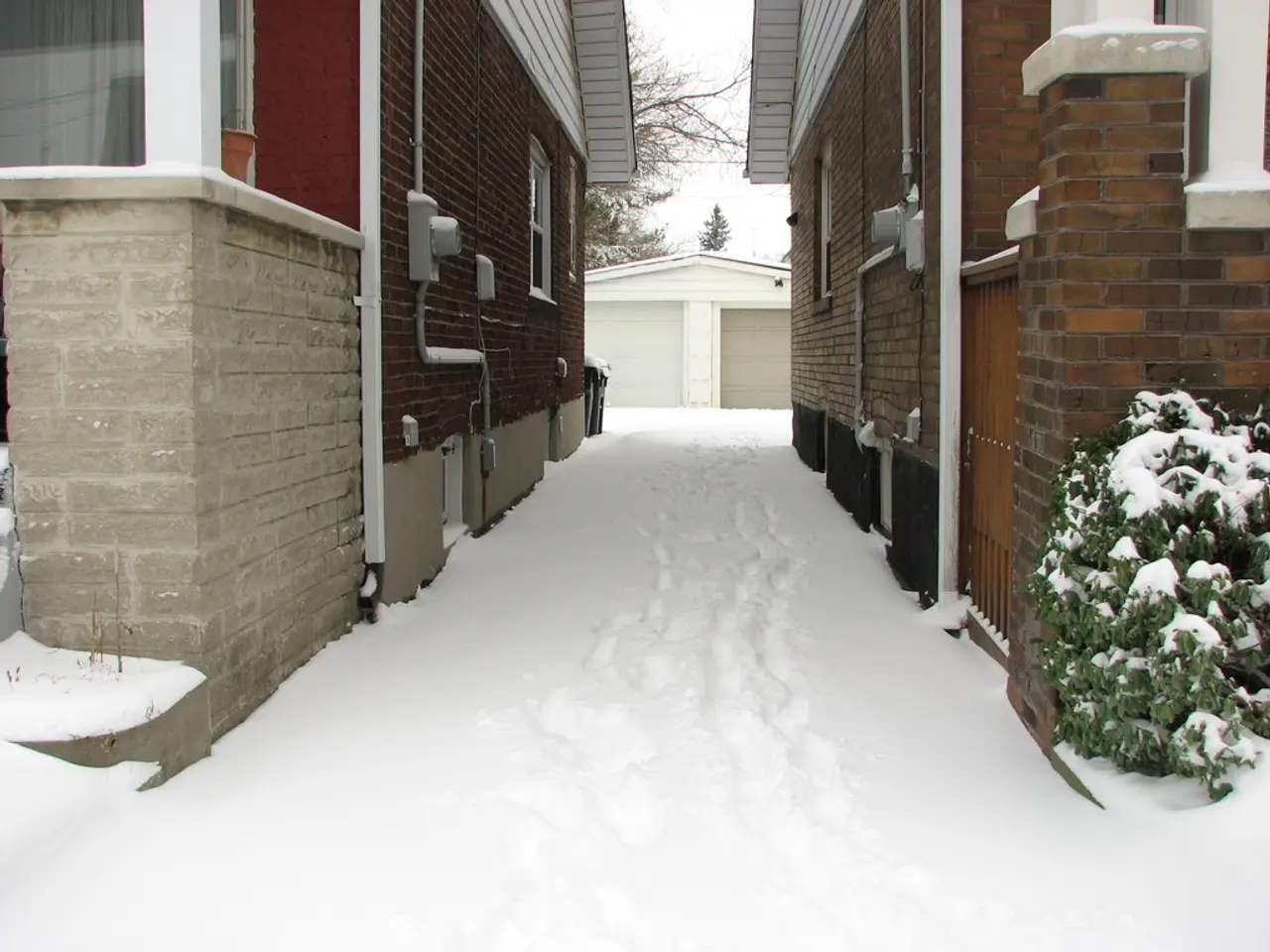Grid Shift: Moving From Underground to Overhead Cables Could Trim Billions in Power Grid Expansion Costs
Alteration in the strategy for broadening the electricity network may lead to accumulation of billions
Going against the grain, power grid operators are pushing for a return to overhead lines in the expansion of power grids - a practice that has been mostly underground for decades, driving up costs. This shift could lead to lower electricity prices, as predicted by Tim Meyerjürgens, CEO of grid operator Tennet.
A change in approach to Germany's power grid expansion could save billions. "It's past time we changed our preference for underground cables to overhead lines for direct current projects," said Meyerjürgens. "The ongoing approval processes for central grid expansion projects present an opportunity to make this change."
Up to 20 billion euros could be shaved off the costs of the next three direct current projects - OstWestLink, SuedWestLink, and NordWestLink, according to Meyerjürgens. "Chances are, consumers could reap a cent off their kilowatt hour network charges in the short term," he added. Network charges, which don't just hit businesses but also private consumers' pockets, help fund the expansion of the network.
However, a move towards overhead lines would mean a delay in the planning of projects previously planned as underground cables. "We have to be cautious about dumping the preference for underground," warns a spokesperson for grid operator Amprion.
Monster Power Lines: Addressing Public Concerns
Thousands of new kilometers of power lines are being laid to transport wind power from the north to consumption hubs in the south. Since 2016, there's been a preference for underground cables for large "power highways" to increase public acceptance. Concerns about "Monster Power Lines" played a role in this decision.
Yet, according to power grid operators Tennet, TransnetBW, and 50Hertz, the use of underground cables has not resulted in the expected greater acceptance. They advocate for a change of course.
In the coalition agreement between CDU, CSU, and SPD, it's stated that new high-voltage direct current transmission networks should be implemented as overhead lines "where possible." "We'll consider affected regions," they pledged. This change could enable more efficient grid expansion.
A monitoring process is planned for summer 2025 by the Federal Ministry of Economics and Energy to review power demand, supply security, network expansion, and renewable energy expansion status. Any insights gathered would be considered in decisions concerning future high-voltage direct current networks and their implementation methods.
Sources: ntv.de, lme/dpa
Digging Deeper:
Expanding power grids has led to a preference for underground cables, but this could change. As mentioned earlier, overhead lines are generally less expensive to install, and strategic planning can help mitigate environmental concerns. Anticipatory investments in infrastructure can lead to significant cost savings in the long run, making overhead lines a cheaper solution. Efficient grid design, including the strategic use of overhead lines, can also help reduce overall system costs, potentially lowering consumer electricity bills.
The community policy for Germany's power grid expansion could witness a shift towards promoting overhead lines, as opposed to the current preference for underground cables, following the push by grid operators. This potential change in employment policy, aimed at cutting costs and promoting efficient grid design, might have implications on the industry, finance, energy, and technology sectors, as anticipatory investments could lead to long-term cost savings and potential lower consumer electricity bills.
In the upcoming monitoring process by the Federal Ministry of Economics and Energy in summer 2025, insights gathered on power demand, supply security, network expansion, and renewable energy expansion status could influence decisions concerning future high-voltage direct current networks and their implementation methods, possibly making overhead lines a more common choice in the energy industry.








